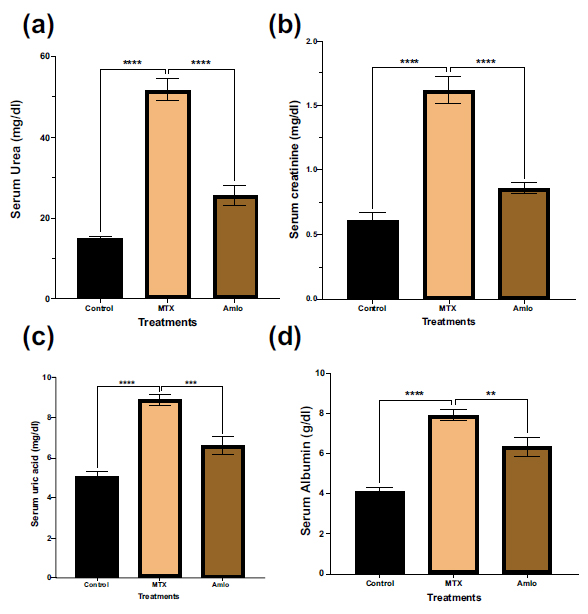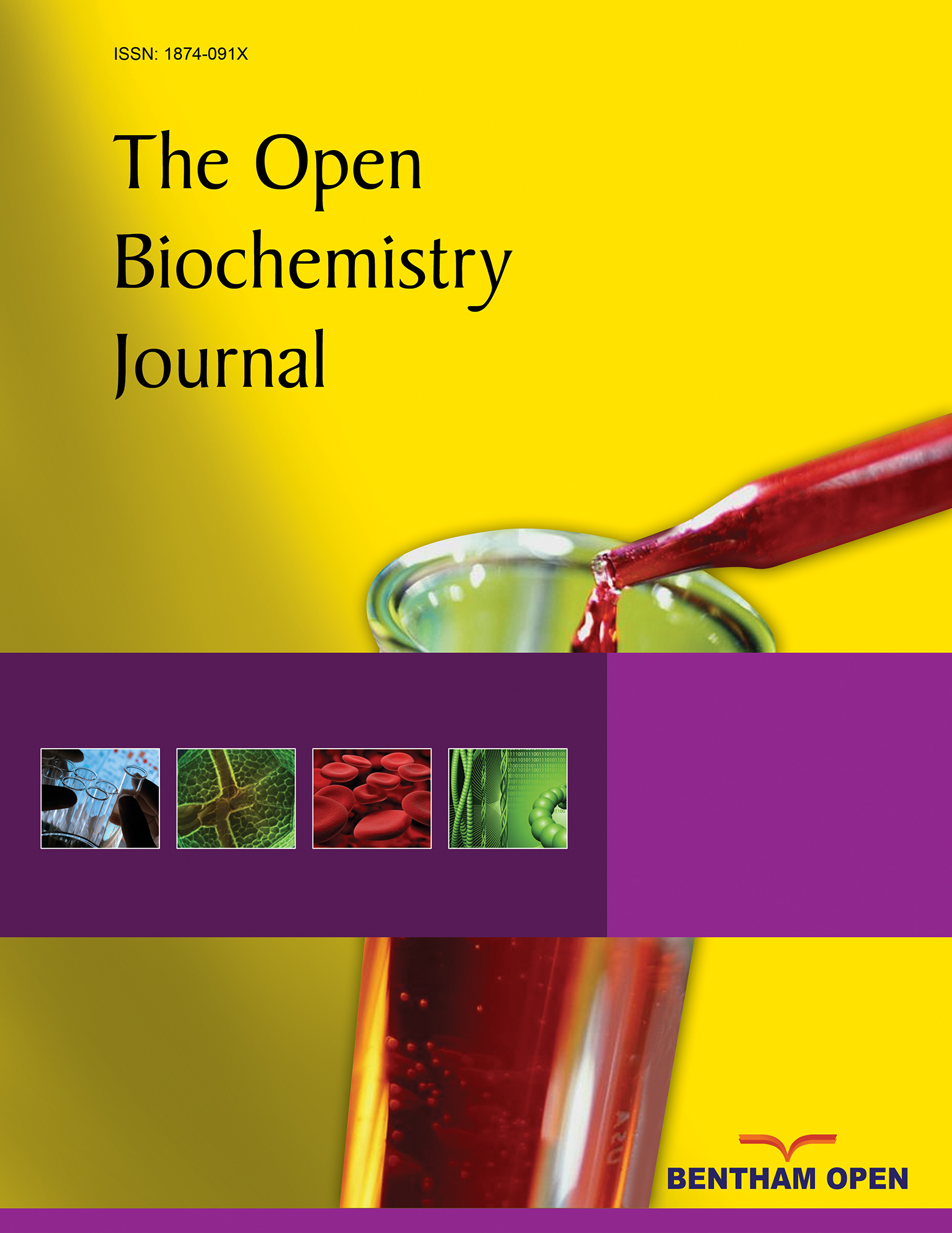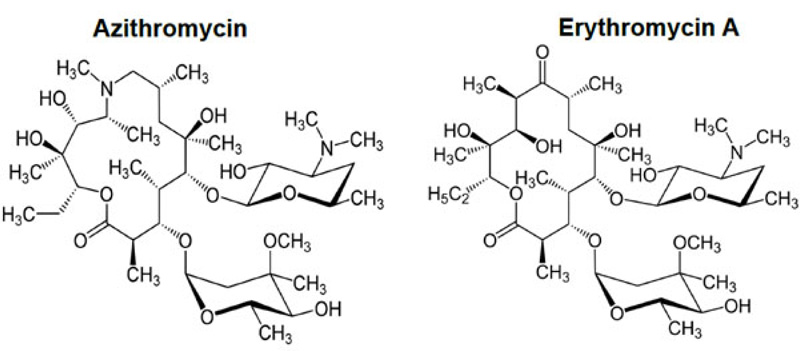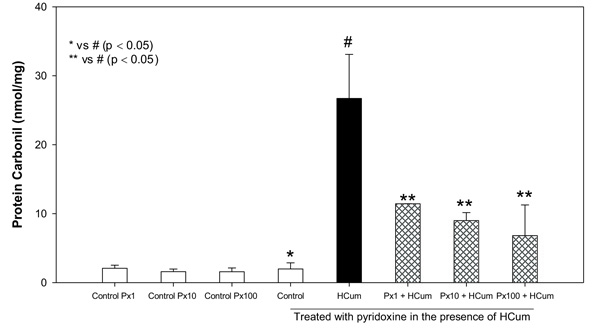The Open Biochemistry Journal is an open access journal dedicated to the rapid publication of original research articles, reviews/mini-reviews, letters and guest edited single topic issues in all sub-disciplines of biochemistry (including genomics, gene expression, replication, proteomics, structural biology, enzymology, bioenergetics, metabolism, signal transduction, bioinformatics, cell biology, glycoscience, glycobiology, glycochemistry, glycotechnology, pharmacology, enzyme inhibition, inhibitory processes, immunochemistry, macromolecules, biopolymers, and nitric oxide). The journal publishes clearly written articles describing significant advances in the field that are of great interest for the scientific community worldwide. Non-conclusive or confirmatory studies are not accepted.










